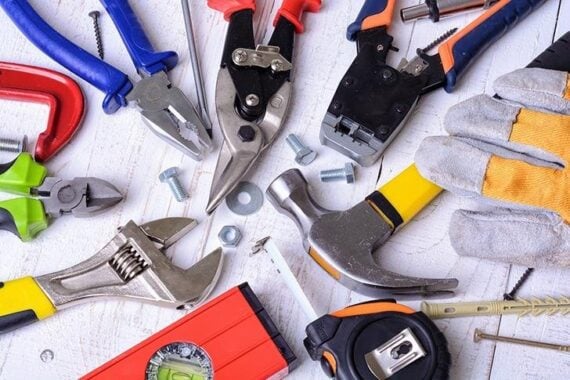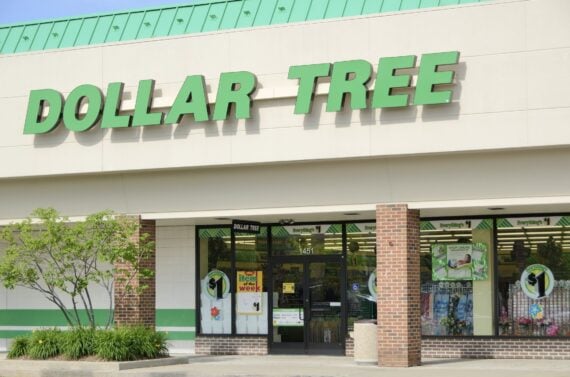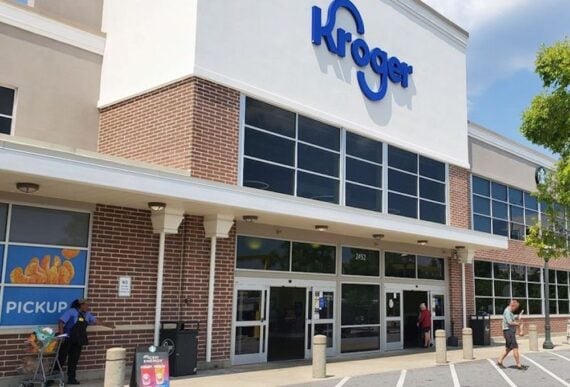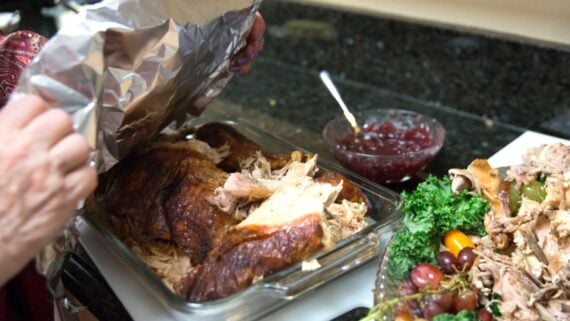If the many reasons for not having a lawn make sense to you, there are plenty of options for you to explore. Hardscape designs, carved and paved paths, raised garden boxes, rock mulch, and drought-resistant plants and trees are some excellent alternatives to a traditional lawn. These simple fixes draw the eye to the striking design elements and make your home a standout from the curb.
The best part about this is once the work is done, there is minimal upkeep and it frees up your time as it fattens your wallet.
Related: 30 Lawn and Garden Products That Are a Complete Waste of Money
Get to Know Your Groundcovers
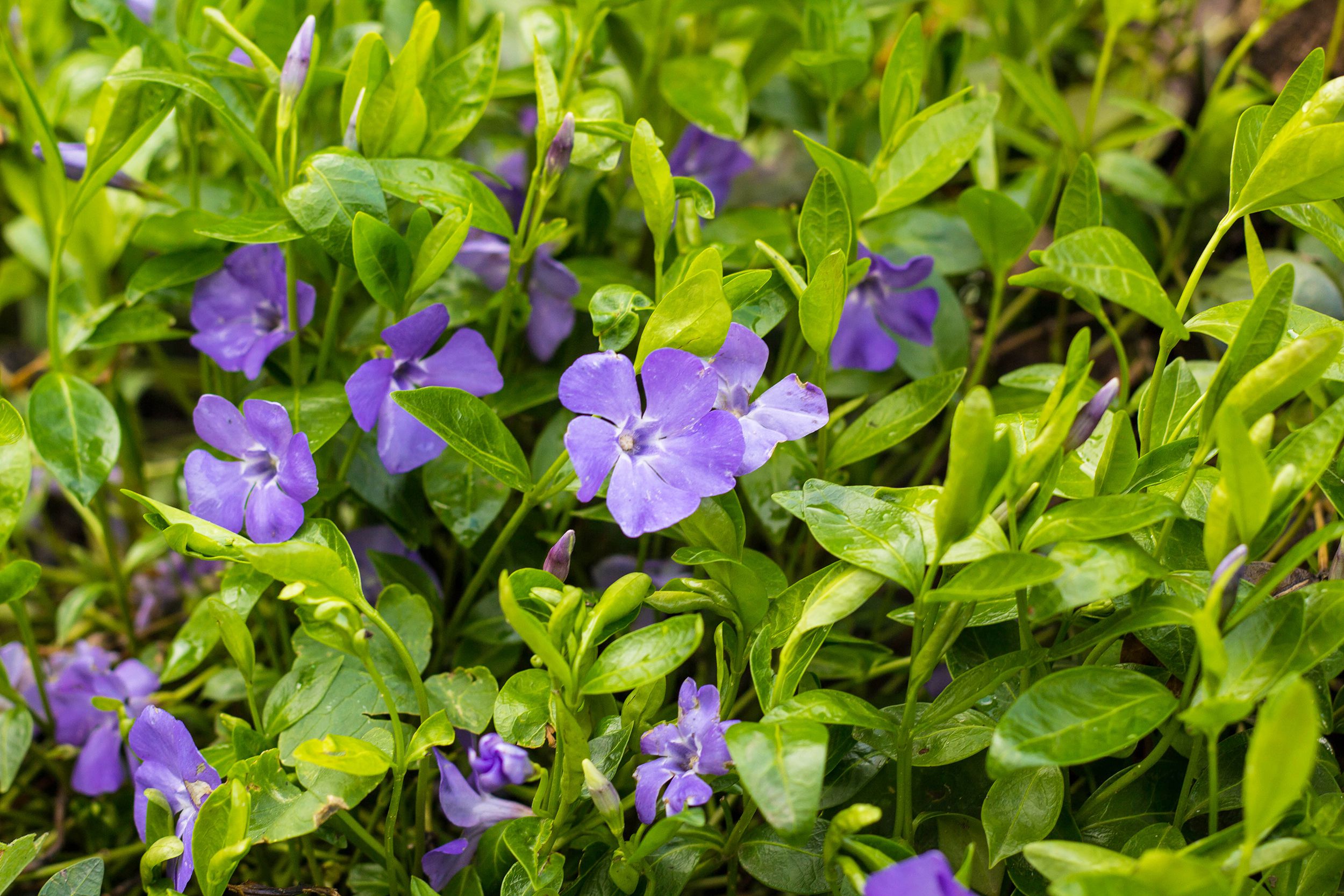
There’s a sprawling low-maintenance groundcover plant for your grow zone out there, but you need to find out what it is. Groundcover is most interesting placed between large rocks, dry creek rock beds, and undulating with carved-out paths. In high desert climates like parts of Texas, New Mexico, Oregon, California, Idaho, Utah, Colorado, Montana, and Arizona, this is the way to go and there are amazing free online guides to help you plan.
Related: How to Stop Spending $400 a Year on Your Lawn and Garden
Replace Regular Grass with Ornamental Grasses
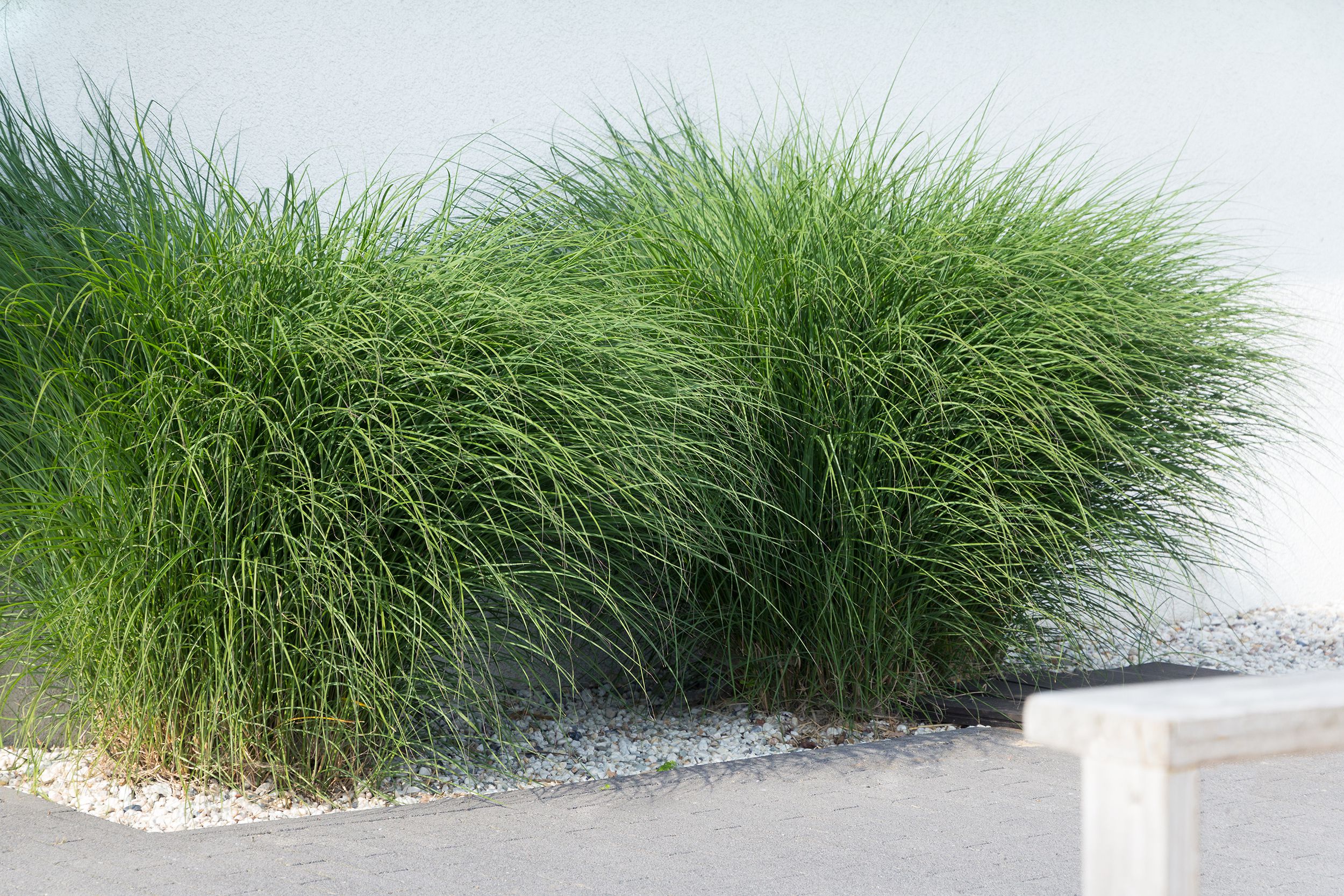
Ornamental grasses are fantastic inexpensive swaps to use in your exterior landscape design. The pros are there are many to choose from that grow in different colors and shapes. They are drought-resistant and low-maintenance. Such grasses thrive in nearly every type of soil with little to no fertilizers, and are naturally disease- and pest-resistant, so chemical pesticides are not needed.
Related: How to Grow Plants and Vegetables From Kitchen Scraps
Beds Over Pots
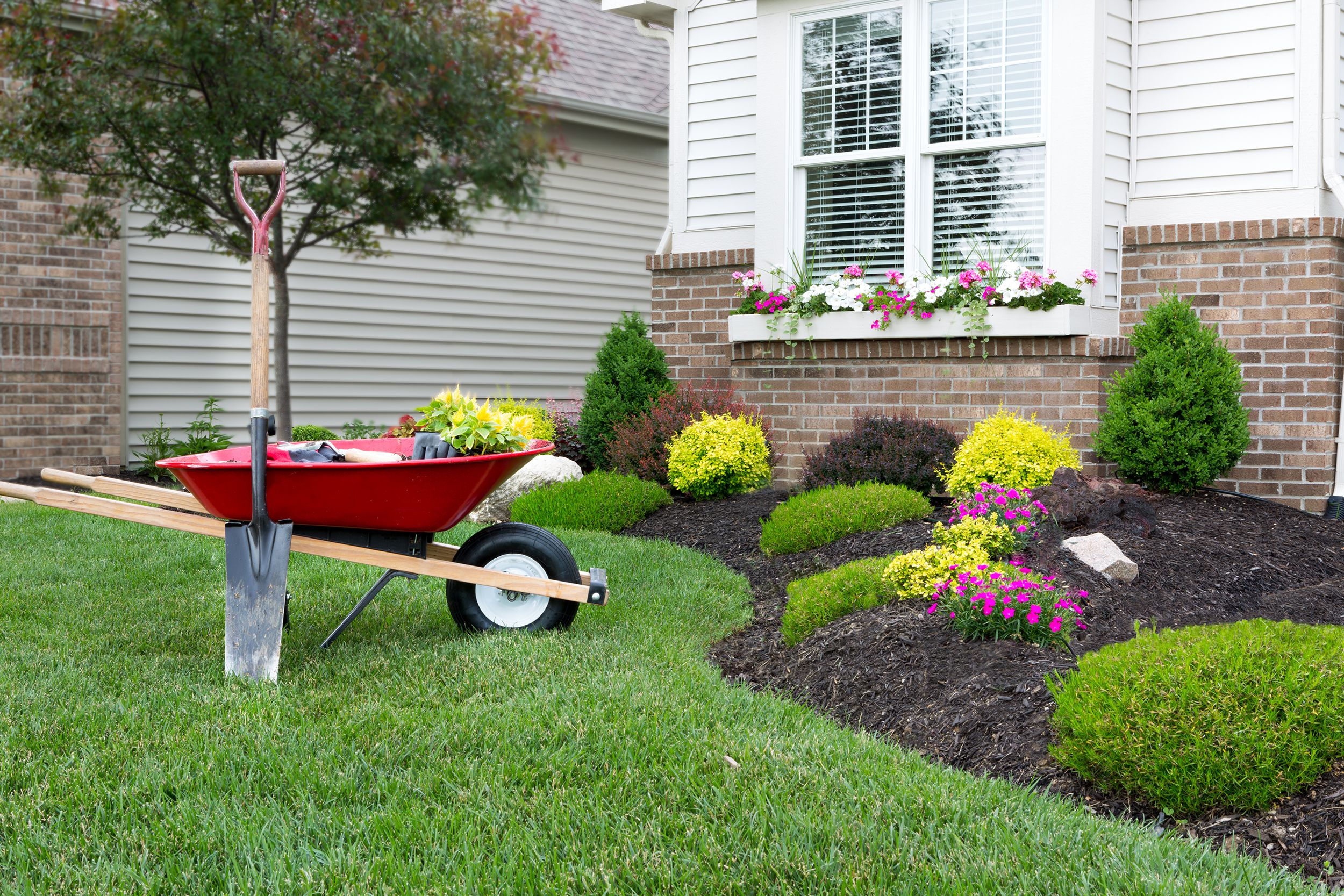
For color spots, always choose a bed over a pot for the larger scale of framing a yard. Pots demand attention on a much more frequent basis, and the point of all this is to free up your time. Using low-water drip lines, you can have bedded plants that can settle in and grow deeper roots for a healthier plant and which stand out and fill in beautifully over time in a grassless garden. Depending on the terrain of your yard, you can make these beds tiered and shape them with different heights of native plants and textures of rock mulch with pathways and pavers.
‘Eat the Lawn’
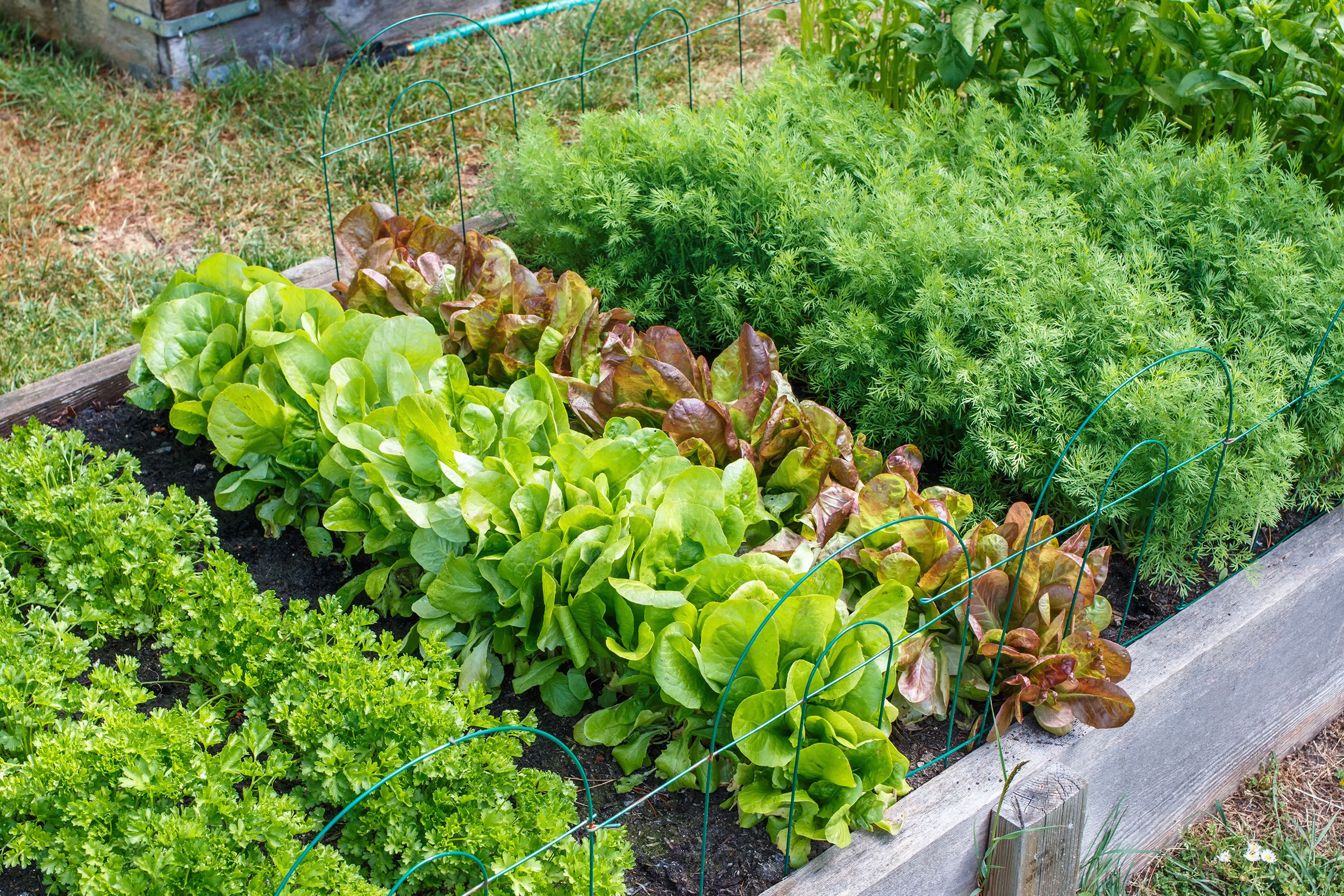
Related: Edibles Anywhere: 15 Foods to Grow in a Container Garden
Raised Beds, Lowered Bills
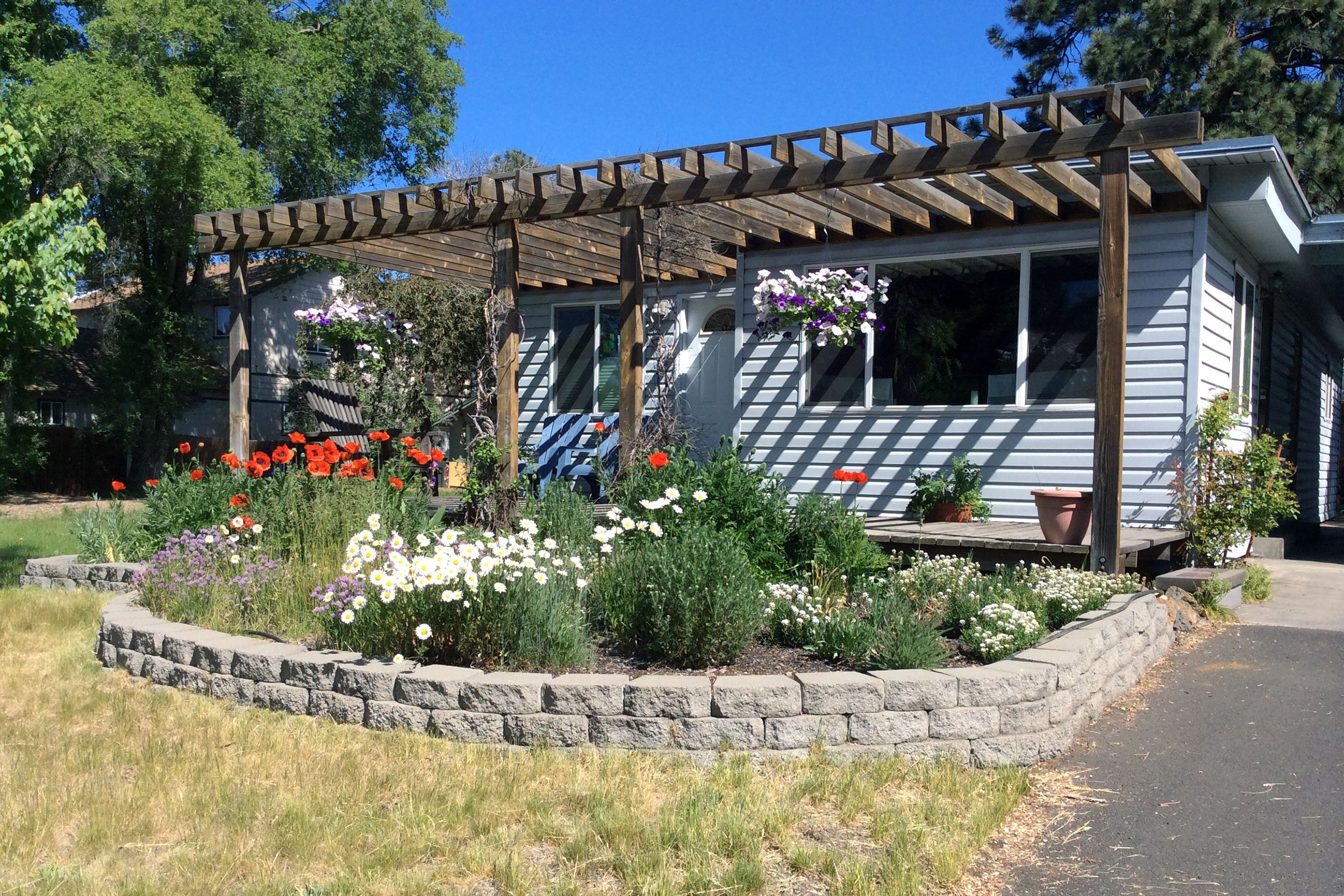
Related: Gardening Gifts for Anyone With a Green Thumb
Trending on Cheapism
Go Native
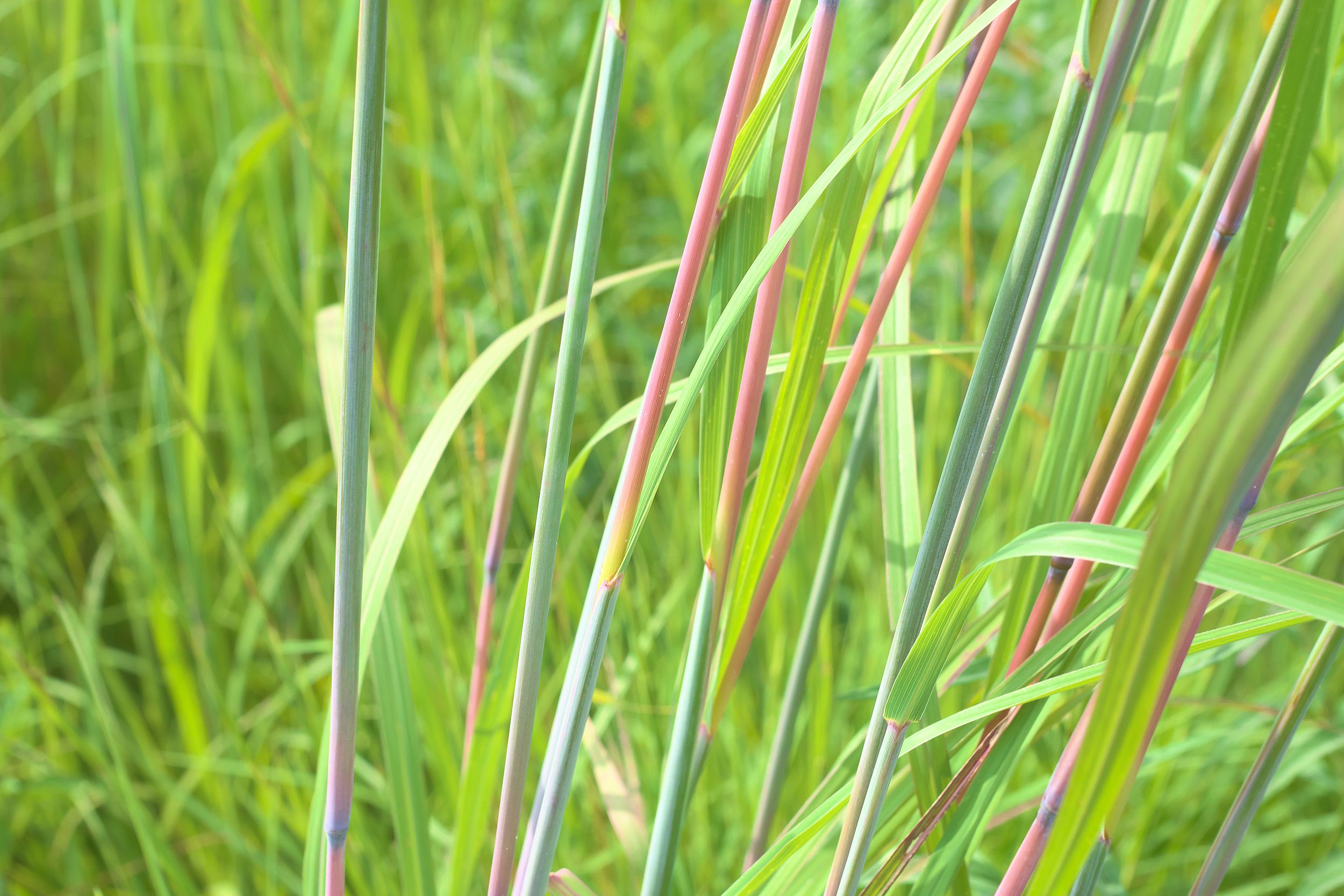
Related: Where to Buy Plants Online
Moss Is Boss
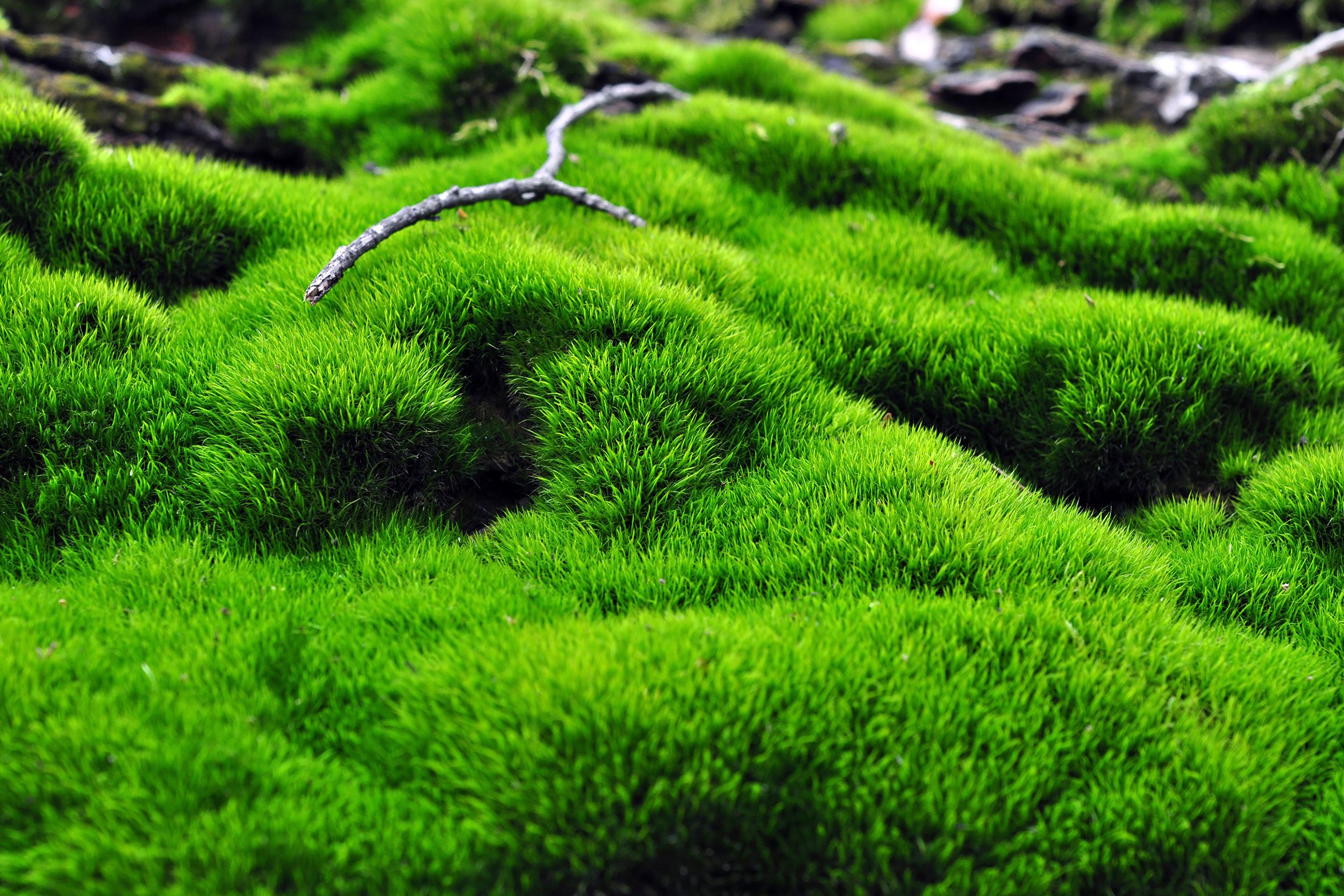
Mulch it Up
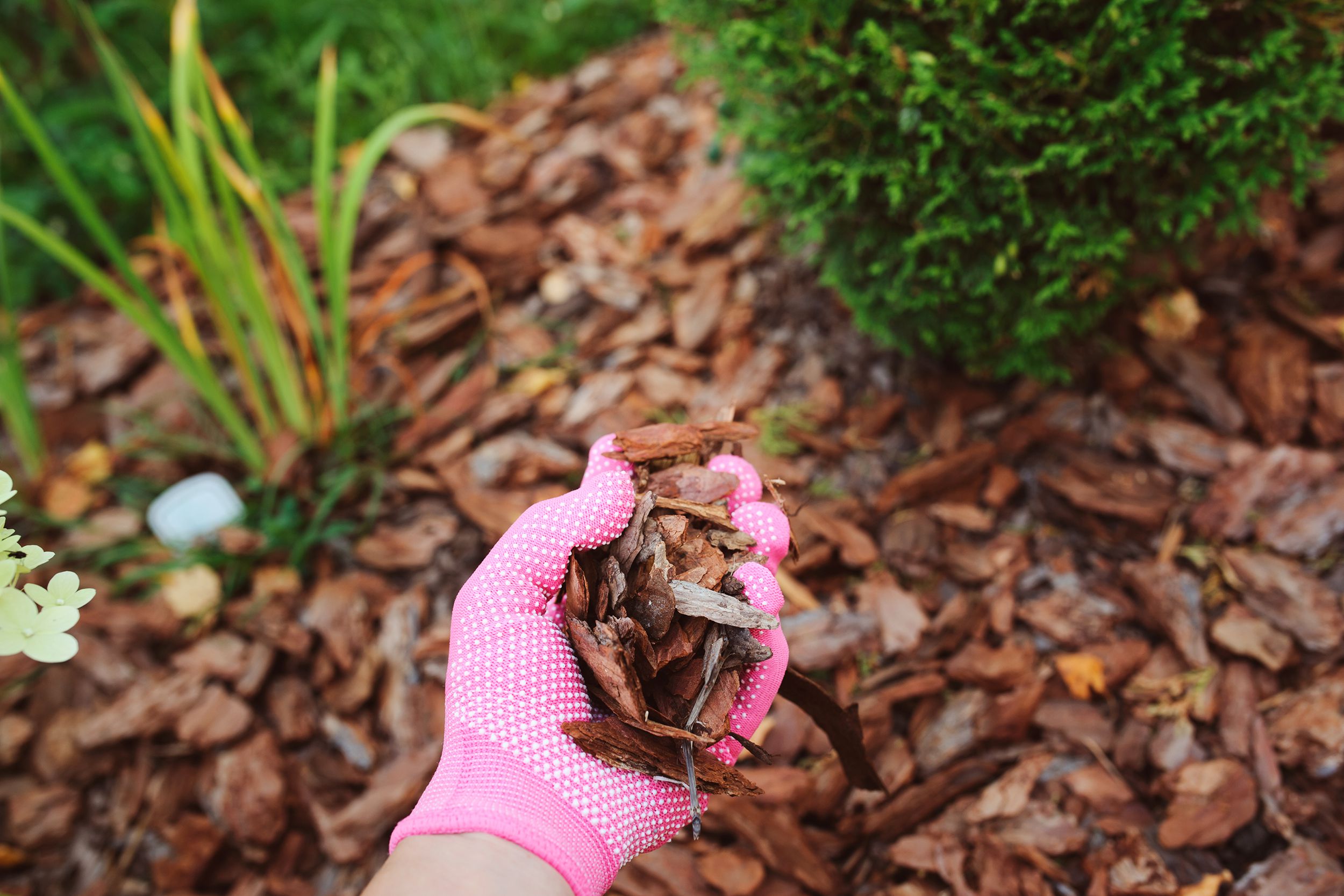
Sign up for our newsletter
A Provencal Approach
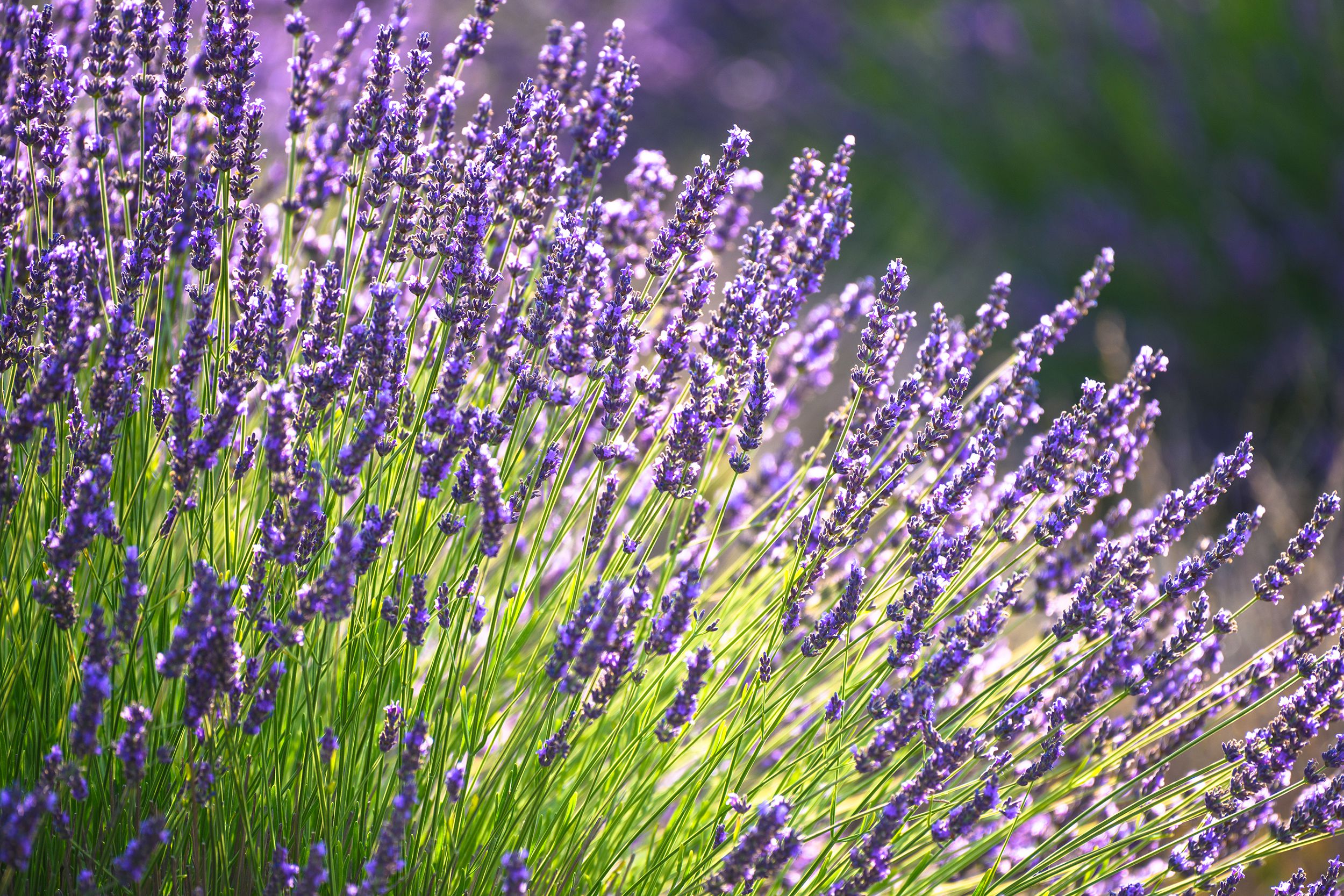
Related: 22 Tips to Keep Gardening Dirt Cheap
A Perennial Prairie
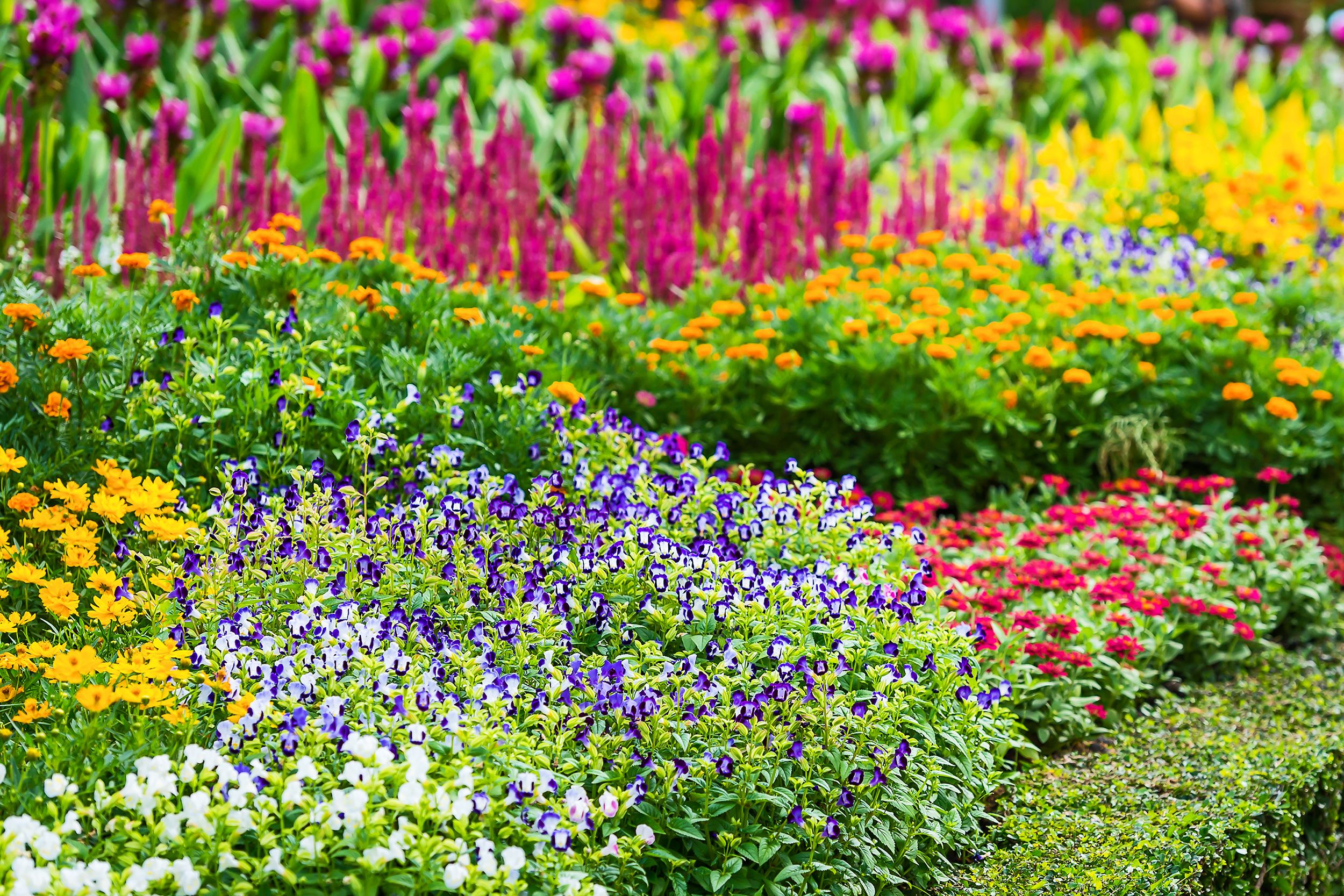
Another idea is to create a prairie garden, especially using plants that are conducive to wildlife and which will not become invasive nuisance plants. Start with grasses and flowering plants like echinacea (coneflowers), black-eyed Susans, and Shasta daisies. Add as you learn what works best in your planting zone.
Succulents and Ferns
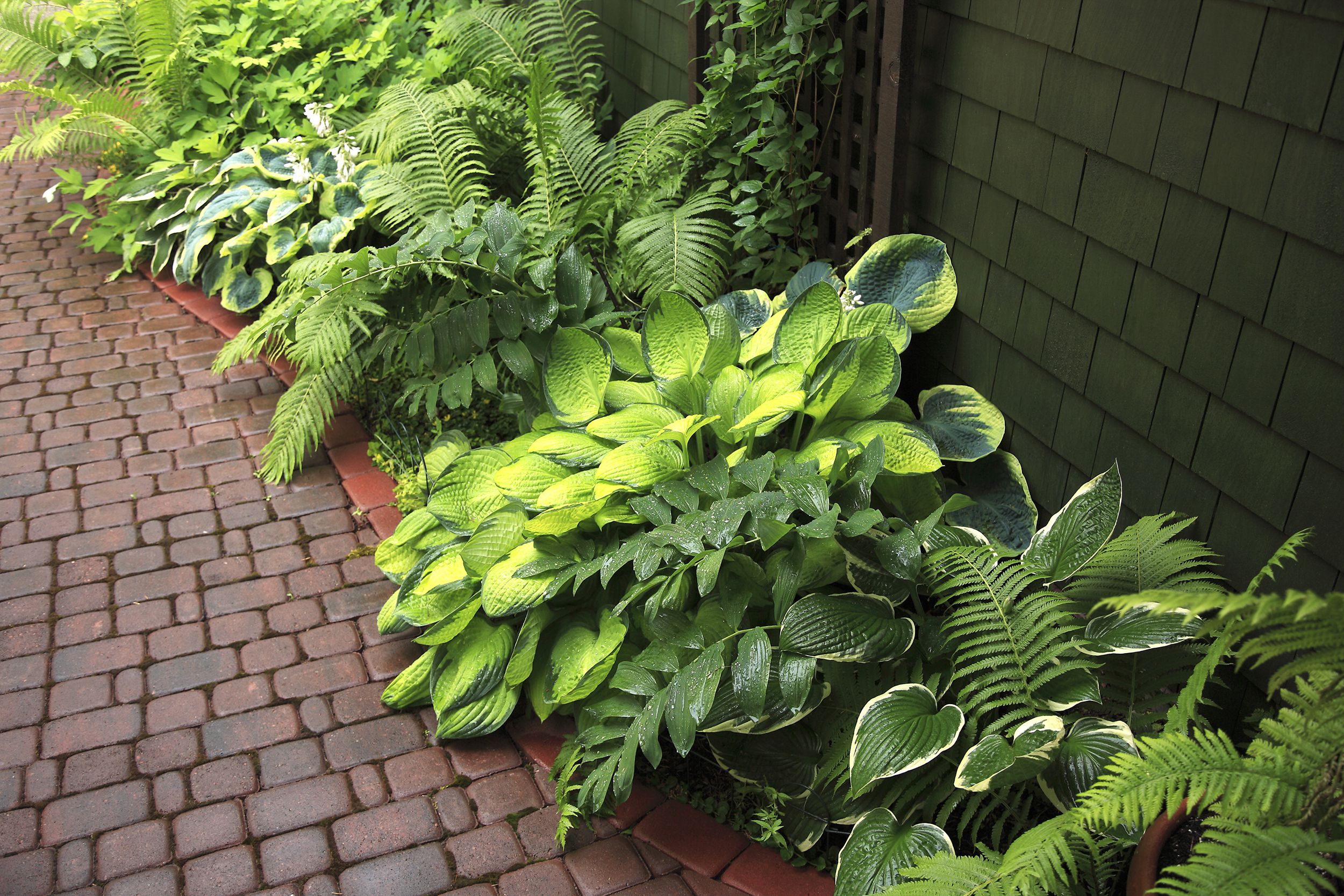
There are succulents for nearly every planting zone, and their shapes and colors are so interesting, they really can show off the lines of pavers and pathways effortlessly. Ferns can be drought-tolerant or love moisture, so depending on where you are, plant accordingly. They both fill in spaces with shades of green, and more.
Related: The Best Gifts for Plant Lovers and Green Thumbs
Hardscapes and Paths
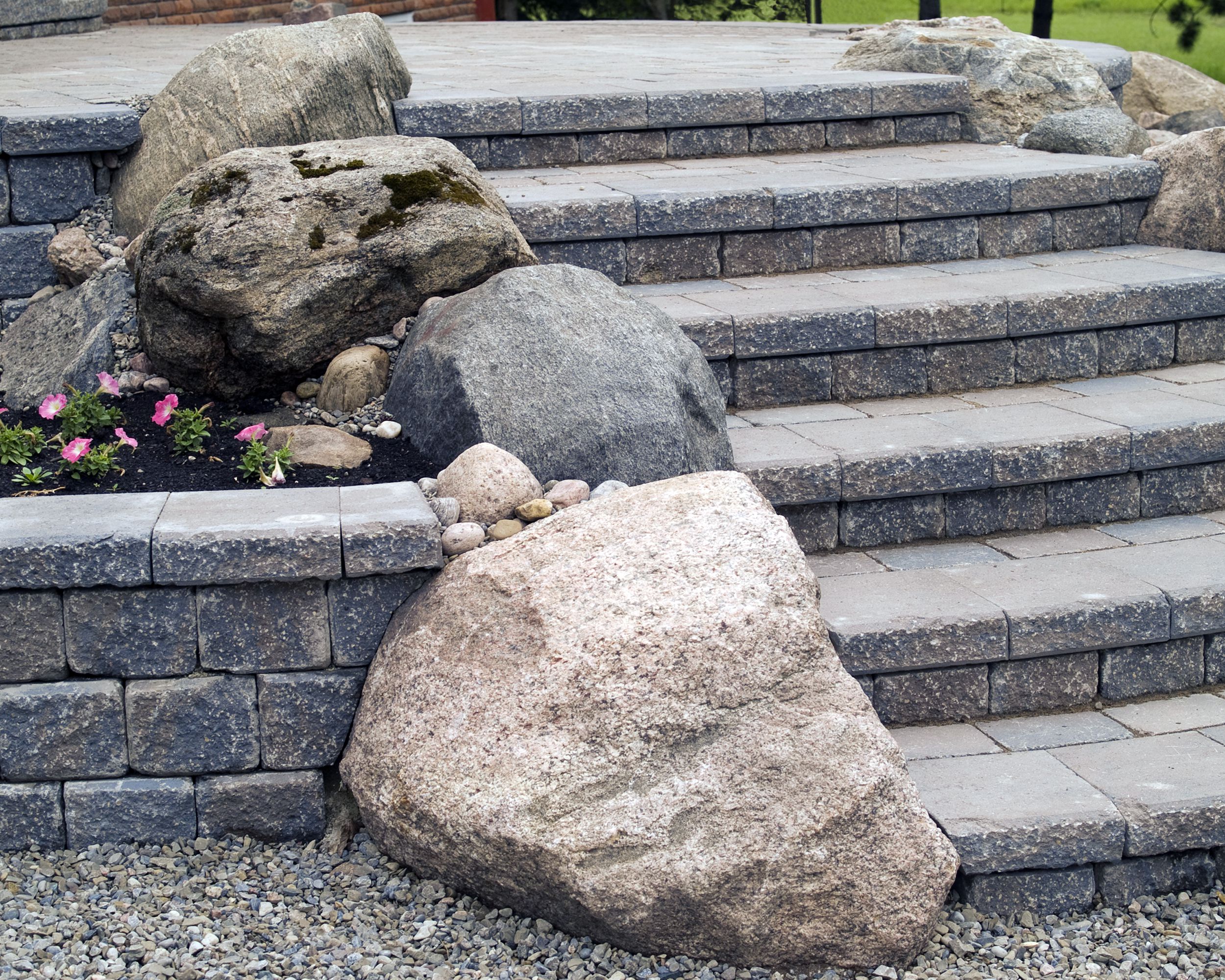
Fake Grass Fix
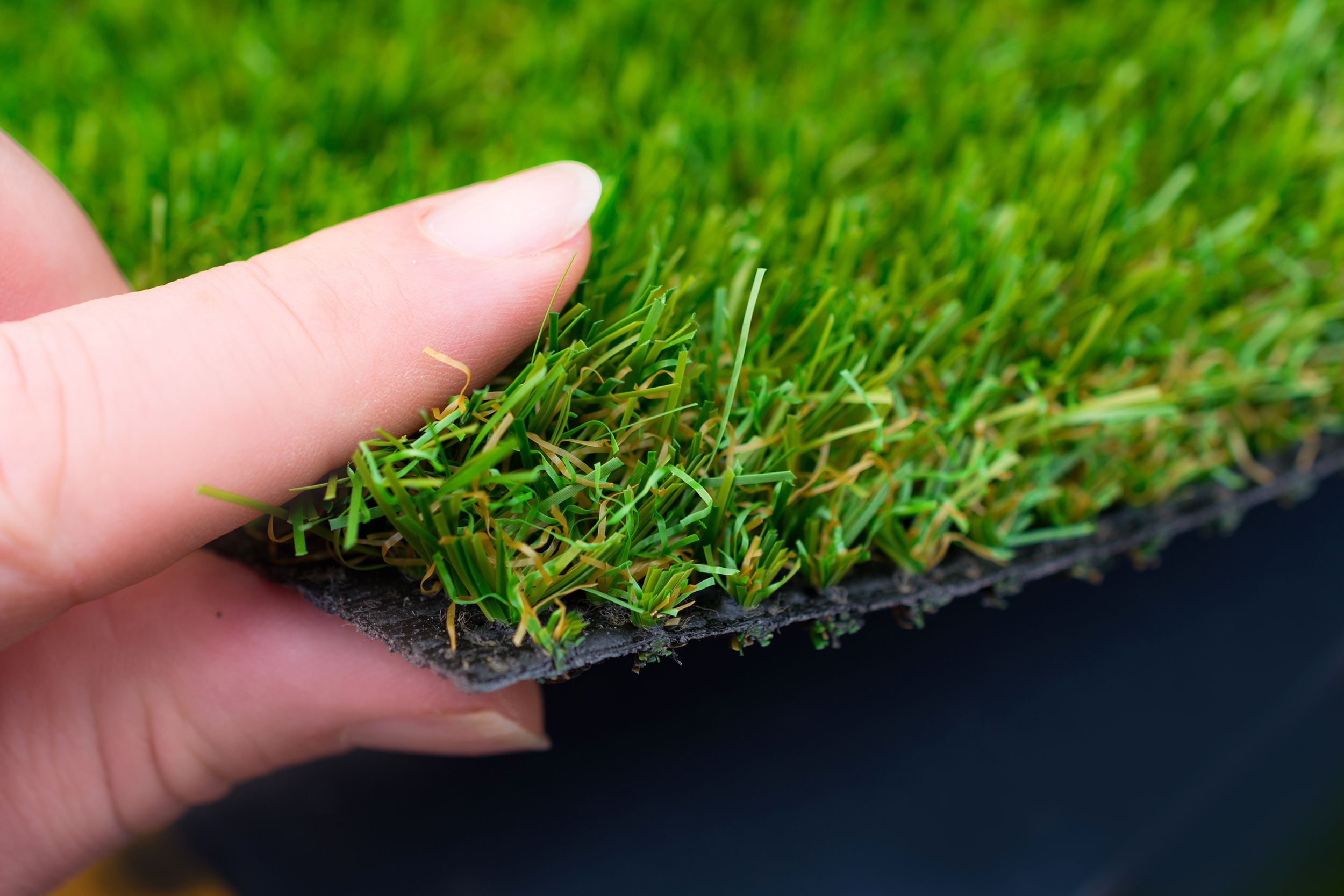
Artificial grass is better than it used to be. Once it was a telltale oddity but has since been perfected. The materials used now include nylon, polyethylene, and polypropylene. The amount of traffic the lawn will decide which is best. Polyethylene is vibrant and resilient. Nylon is strong, and can take high temperatures. Polypropylene does not have the durability or resilience of the other two. There are some caveats, however: It won’t last forever, and it may be more upkeep than you expect.
Related: 14 Fast-Growing Flowers and Plants That Anyone Can Grow

